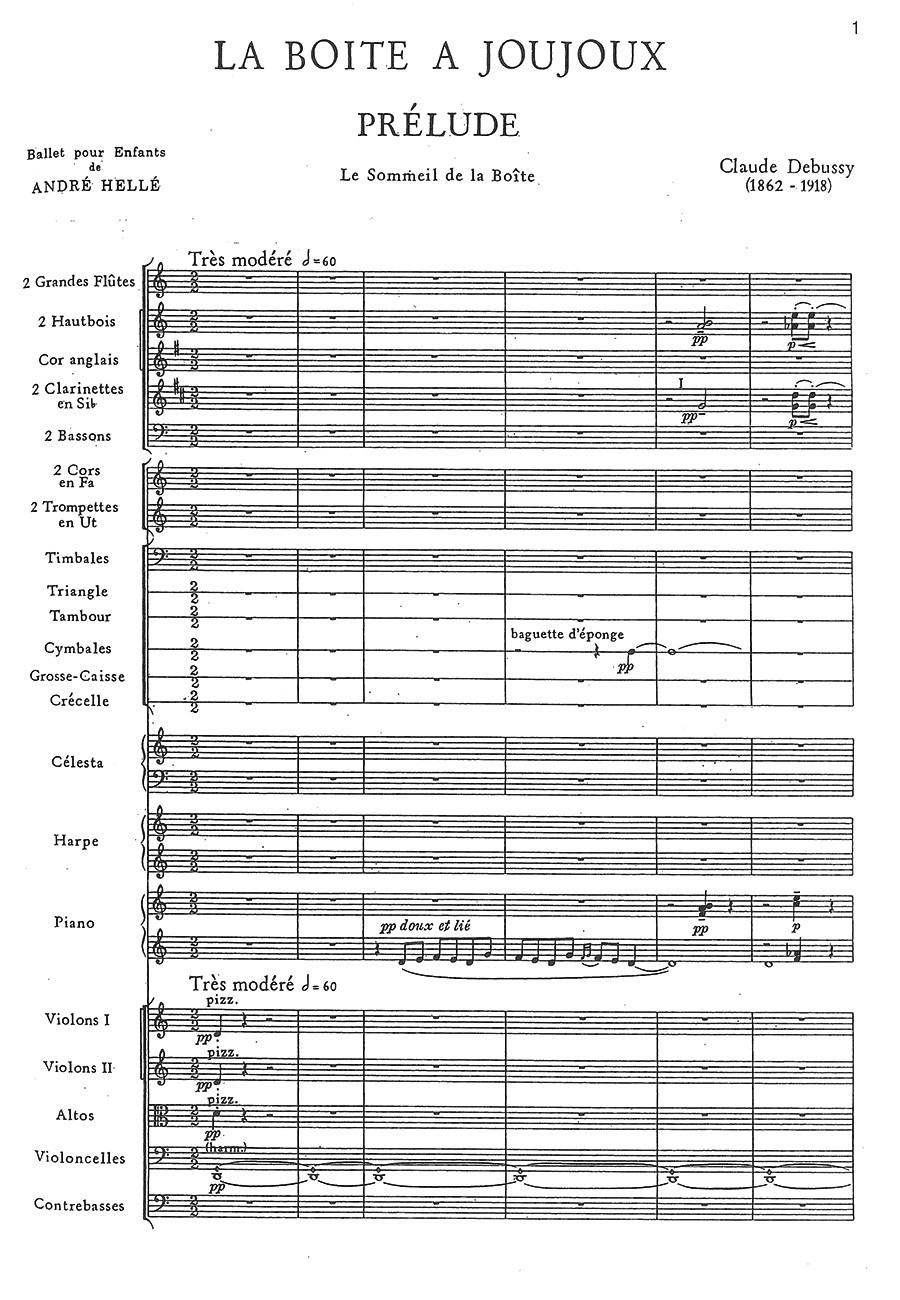La Boîte à Joujoux for orchestra
Debussy, Claude / orch. Caplet, André
34,00 €
Preface
Debussy, Claude / orch. Caplet, André
La Boîte à Joujoux for orchestra
The score is introduced with a scholarly preface (English and German) and the preface is available online for inspection. All this is made possible by a worldwide network of musicians, musicologists and music-loving amateurs who contribute to the series in many different ways.
At the end of the preface you find a reference to the music publisher providing performance materials. In case we provide the performance materials you find a note under the additional information tab.
Read preface / Vorwort > HERE
Score Data
| Edition | Repertoire Explorer |
|---|---|
| Genre | Ballet |
| Pages | 160 |
| Size | 210 x 297 mm |
| Printing | Reprint |
